
|
 |
Spa Business Handbook - Expert Predictions

Industry insights

|
|
| Expert Predictions
|

Leading spa and wellness professionals from around the world, working in all aspects of spa, share their views on the industry – where it’s heading and what’s happening in their part of the sector
|
|
|
 |

Magatte Wade
Founder
Tiossan
 |
|
Now is the time for spa development in Africa because the economy is flourishing, KMPG put its annual growth a 5 per cent in 2014. While, admittedly, this isn’t as high as growth in China and India, it’s still significantly greater than other developed economies.
This growth results both in greater prosperity for many Africans as well as providing economic opportunities for many expats, who are now spending more time back in their home countries. In addition, the horrific civil wars that have plagued Africa since independence have finally, for the most part, ended. Much of Africa is now largely peaceful which is enticing more tourists.
South Africa and the traditional sites for high-end safaris, such as Zambia, Botswana and Tanzania are all potential areas for spa development as operators in those countries want to offer a more diverse set of before and after safari experiences for tourists. We should also keep an eye on Rwanda, a very dynamic economy that’s attracting American entrepreneurs and tourists (for the mountain gorillas and bird watching).
Hotel and day spas will grow the quickest. The newly prosperous Africans enjoy spas but are unlikely to go to a destination spa as most of their travel is to Europe and the USA. Conversely, Europeans and Americans are unlikely to travel to Africa strictly for a destination spa, but while they’re on the continent (for either business or tourism) they expect spa services. Medical and thermal/mineral spas are not yet popular with prosperous Africans despite, or even because, such spas were sometimes part of traditional culture.
Many affluent Africans reject their own culture and long for European-style spa experiences. At the same time, however, Europeans and Americans are interested in high-end but still indigenous-themed experiences. I think the biggest opportunity lies in the development of spas that appeal to both groups.
At present there’s a noticeable gulf between indigenous African culture and the world of contemporary spas. To bridge this gap, entrepreneurs and spa practitioners will need to research and adapt aspects of African culture – including design (both traditional and modern); ingredients and recipes for skin, body and hair; and traditional therapeutic practices – which have hitherto been neglected.
Overall, there’s still a highly negative stereotype of Africa that’s limiting tourism. All too often it’s regarded as a place where people should be pitied, not where one goes for positive experiences. And there are still dangerous places in Africa. But we need to advocate the growing peace, the prosperity and cultural vibrancy across the continent.
| |
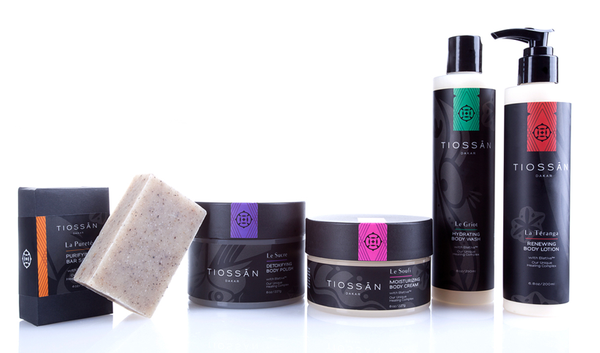

|

Wade is behind one of the first Senegalese skincare lines |
|
|
 |

Jeremy McCarthy
Group director of spas
Mandarin Oriental
 |
|
The biggest trend shaping the spa industry is what I call ‘wellness everywhere’. Consumers are no longer satisfied with small pockets of wellness in an otherwise stressful and unhealthy lifestyle. Increasingly, they expect to have wellness integrated into every aspect of their lives: at home, at work and wherever they go in between.
However, this may be a pyrrhic victory for spas as we find ourselves surrounded on all sides by new competitors. Our cry of “we were here first” can scarcely be heard above the din.
This trend can be an opportunity for the spa industry, as wellness finally gets the mainstream recognition it deserves. But it’s also a threat, as businesses from across all industries flood into the wellness space. One expression of this trend, for example, is the spa-ification of everything: airports, hotels, hospitals and corporate offices just to name a few. We see these other institutions bringing in key elements of spa design including healing and soothing design aesthetics; spaces for yoga, meditation or rest; and even wellness programming including fitness, massage and meditation. We have to ask ourselves: if everything starts to look like a spa, what is a spa?
The key to success in this environment is greater differentiation and greater specialisation. We will see more niche spas that cater to very specific market segments (teens, cancer patients, prenatal, etc). There’s also a rise in bathhouse and hot springs style spas which offer facilities that far exceed the more commonplace wellness design elements. And spas will continue to be successful by authentically tapping in to the human side of the business: experienced healers delivering nurturing therapies.
We live in a time of great change and it’s clear that the spa industry will need to adapt. But I’m optimistic that the future is bright for the spa industry. Spas offer things that are increasingly scarce in modern society: silence, touch, slowness, personal attention and escape from technology. The demand for these kinds of services will only increase with time, and those who can deliver them authentically will continue to be successful.
| |
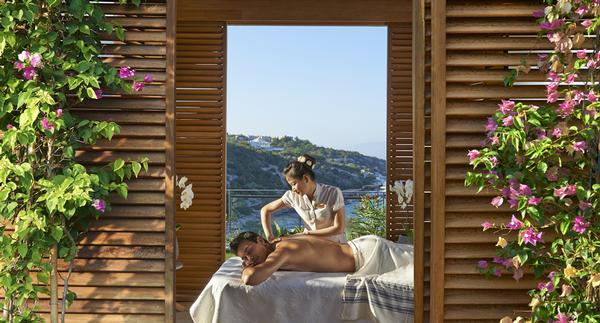

|

Spas offer silence, touch and escapism – things which give them an edge as other firms latch onto wellness says McCarthy |
|
|
 |

Simon Casson
Head of the spa task force
Four Seasons
 |
|
Spa development occurs where business/the economy is growing and apart from China and India, the Middle East is an area to watch. Hotels in this region are incredible and impossible to recreate in Europe or America – due to the dynamics of land acquisition and building costs – and they have spas within that are as equally advanced and cutting edge.
Operationally, we think the biggest growth opportunity lies in memberships and this is something we’re really looking into – bringing the local community more into the hotel for fitness classes and personal training as well as for spa. There’s huge potential and we’re making sure we design new facilities to best accommodate this by providing direct access routes, locker facilities and layouts that facilitate outside membership.
Spa-goers remain constant in their desire for a sense of calm and holistic wellness even though the treatments they’re demanding fall at both ends of the spectrum – chemical-free and organic at one end and high-tech, non-invasive medical services at the other. What is changing, however, is their hunger for customisation. Guests want bespoke delivery and innovative product (whether natural or medical). They’re challenging their favourite spas to be more original and to introduce the trends they read about elsewhere. We have to listen to stay ahead.
What I’m most excited about, however, is the increased interaction I observe between spa and client. In times past, a hotel guest would only think about booking a treatment after checking in. Yet now there’s far more connection. Our guests plan ahead and make reservations online, or use the Four Seasons app to research and book. Many come to the resorts already with a full programme ahead of them. This allows our spas to plan well and to suggest enhancements instead of reacting to a request when someone just walks in. We’re constantly looking to engage with our guests more effectively and doing so ahead of the visit really helps and I think this is something that will only increase.
"Guests want bespoke delivery and innovative product (whether natural or medical). They’re challenging their favourite spas to be more original and to introduce the trends they read about elsewhere"
| |
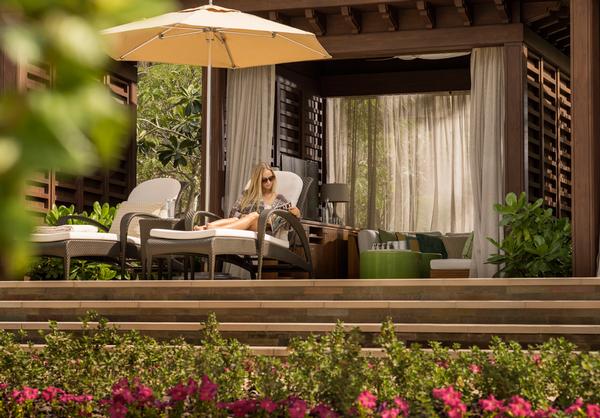

|

Watch out for spa development in the Middle East says Casson, hotels in the region are incredible and their spas are as equally advanced |
|
|
 |

Brent Bauer
Director of the complementary and integrative medicine program
Mayo Clinic
 |
|
The most exciting development in my field of expertise is seeing the shift from ‘either/or’ – either we use conventional medicine or we use complementary therapies; to ‘both/and’ – using the best of both conventional medicine and the best of evidence-based complementary therapies. This is happening rapidly thanks, in part, to the solid science behind the efficacy of massage, acupuncture, meditation and many other complementary modalities. A 2010 survey by the Samueli Institute suggests that 40 per cent of hospitals now offer some form of integrative medicine therapy.
I envision a time in the near future when we’ll see even more active integration between spa and medicine. As conventional medical facilities increasingly recognise the value of complementary therapies such as meditation or massage, they’re also realising that clinical settings may not be the optimal delivery platforms. So we’re already seeing a number of academic health centres partnering with local spas to deliver evidence-based therapies and instruction to more people. Sometimes this is in the form of classes such as yoga or meditation, and sometimes it’s in the form of targeting specific patient groups, eg providing safe massage to breast cancer survivors. The more spas are seen as partners in meeting the needs of all patients for wellness promotion, the tighter the relationship will become.
I think we’ll continue to see solid growth in those treatments with the greatest evidence. I’d be surprised if acupuncture doesn’t begin to grow dramatically in the next five years. The evidence is growing and the profession has done a very good job with creating nationally recognised credentialing in the USA. And I expect mind-body classes/instruction will continue to boom as they’re proven to help everything from lowering stress levels to reducing brain atrophy. Most of these (meditation, yoga, tai chi) have little risk, can be adapted to an individual’s needs and almost all of them can be learned and practiced independently. Teaching self-care will be big in the coming decade.
The biggest hurdle for integrative medicine is probably a similar one to what spas will face – the fact that many of these powerful therapies such as massage, meditation and acupuncture are not covered by national health services or healthcare insurance firms. So many are reluctant to pay for them or question their value. One approach is to get health services and firms to cover the cost. Culturally, another approach is to get people to start valuing their own health and to take ownership of it.
I’m sensitive to the fact that there are a large number of consumers who simply can’t afford a massage on a routine basis. But the good news is that there’s still an array of mind-body therapies that can be learned in a few lessons and then practiced for a lifetime. We just have to keep using the growing body of scientific evidence to educate, motivate and change people to help them live lives of health and wellness.
| |
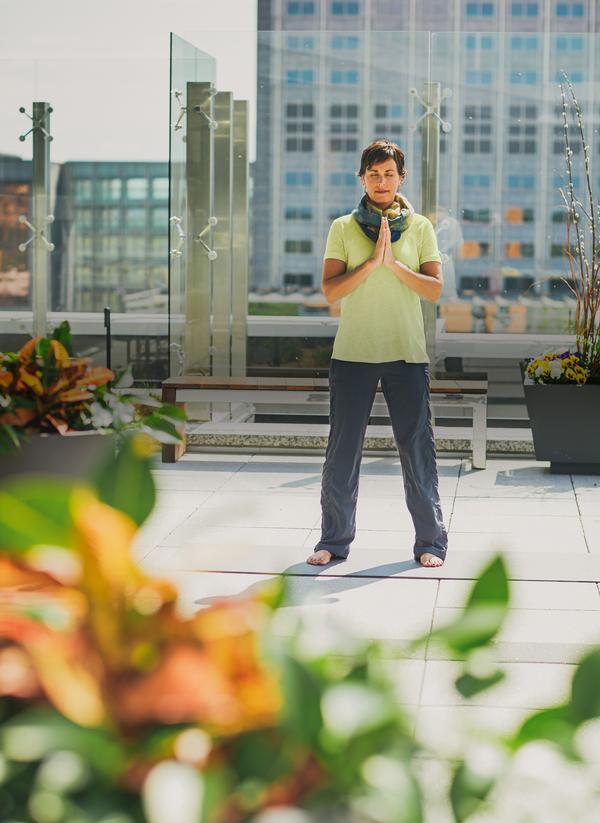

|

Bauer expects a boom in mind-body therapy classes as teaching self-care will be big in the coming decade |
|
|
 |

Steve Chadwick
Mayor of Rotorua
New Zealand
 |
|
Internationally the real big growth area for the spa industry is health and wellness in locations where hot springs naturally occur. Globally, people are living longer and are more focused on wellness and for us, as a country, healthier people means health savings. So the health and wellness benefits of hot spring and spa treatments are a real selling point on many levels.
The benefits of geothermal waters and mud are well known – they can help people with arthritis, general aches and pains, people recovering from injury, it’s good for your skin and for general de-stressing and relaxation. The key is to measure these health benefits. Doing this makes for a more compelling ‘product’ and this is something that we’ll work on figuring out how to do here in Rotorua as we progress.
The spa, health and wellness sector has been identified as a key driver for developing the tourism economy of Rotorua – one of New Zealand’s iconic tourist destinations. Our district, situated in the heart of the North Island, has a unique geothermal landscape with geysers, boiling mud pools and hot springs that have attracted visitors for more than 100 years. We already have a healthy offering of geothermal bathing and spa treatments. But there’s a resurgence now and Rotorua’s long-term vision is to maximise and expand the spa and wellness offerings alongside other existing tourism attractions, Maori culture and Rotorua’s status as a top mountain biking destination.
Rotorua is well-positioned to take advantage of this global [health and wellness] trend. But, like other hot spring destinations worldwide, we need to build an international profile. We’ll take inspiration from Beppu, Japan, one of Rotorua’s sister cities that’s recognised internationally for its highly-developed geothermal attractions and hot springs.
Rotorua was once known as the spa capital of the South Pacific and we’re looking to reclaim that title by developing hot springs and spa complexes, building on the fantastic spa facilities we already have. One geothermal area that’s already marked for development is Kuirau Park, on the edge of the inner city, which already has two thermal footpools. Our plans include adding a Beppu-style steam kitchen – a communal cooking and eating area – next to the pools, creating another reason for people to visit the site.
Of course this is something that will require investment and our council is actively working with partners in our community and wider to help us get there.
| |
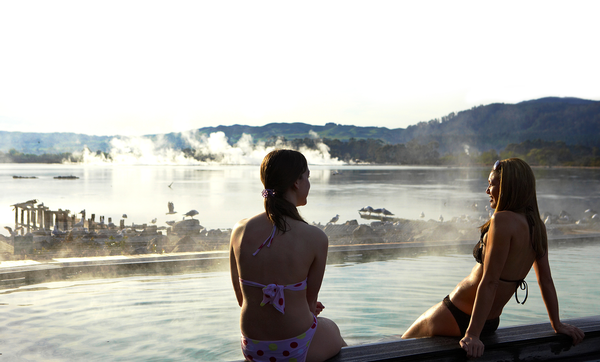

|
| photo: www.polynesianspa.co.nz |

Rotorua is looking to reclaim its title as the spa capital of the South Pacific |
|
|
 |

Nils Behrens
Managing director & CMO
Lanserhof Group
 |
|
Combining relaxation with an integrated medical approach – where the lines between wellness, medicine and rehabilitation blur – is the biggest growth opportunity for destination spas. Spa-goers expect relaxation, but in the days to they’ll demand more for their money and will want to see continuing improvements in their health and wellbeing too. The challenge lies in the workforce: therapists will need more training and to be qualified to a higher degree to provide things like physiotherapy, kinesiology and chiropractic services.
Another change I foresee in the global spa industry is much more of a focus on wellness design. Previously spas have been hidden away in the basement, but for new and emerging projects they’re now central to design. Typically, spa interiors have been inspired by traditions in Asia or Morocco, however, more modern spas are unique, minimalist spaces with personal touches.
At the new Lanserhof Tegernsee which opened in Bavaria in 2014 we placed an emphasis on wellness design elements such as panoramic views, minimalism and panoramic space. The outlook of a spa is of high importance as it enables guests to escape from their typical urban surrounds – where the office confines are replaced by views of sweeping vistas. In our daily lives we are surrounded by constant images; from advertisements to discreet, illustrated messages. Minimalism is the answer to this as it provides a blank canvas and allows guests to focus on the most important thing: themselves. For personal relaxation, space is the greatest luxury of all and three must be enough of it to maximise wellness opportunities.
That said, I don’t believe that it would be possible to build entire cities according to wellness principles – something which has sparked debate in the industry of late. Areas are becoming more crowded and in 35 years time more than 50 per cent of the population will live in a city and there will be very little space for wellness principles. This prediction is very unrealistic.
| |
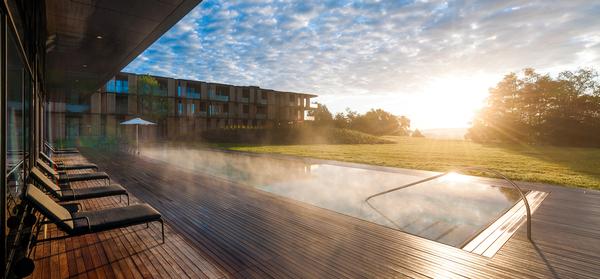

|

Behrens thinks we’ll see more wellness design in spas like at Lanserhof Tegernsee, but he feels wellness cities are unrealistic |
|
|
 |
| Originally published in Spa Business Handbook 2015 edition
|
|
 |
|
